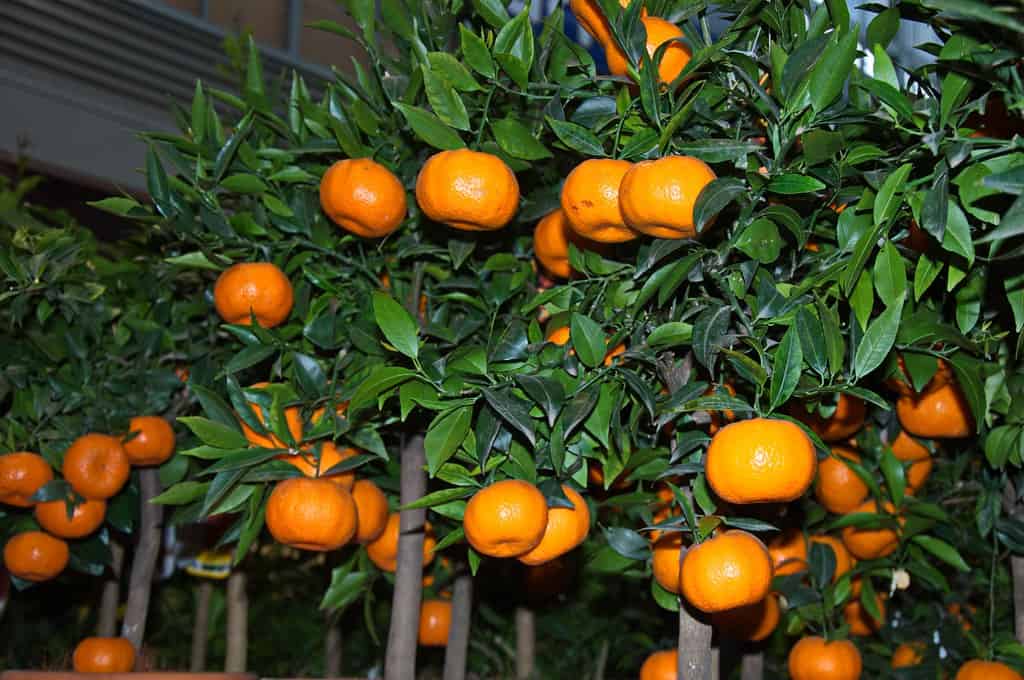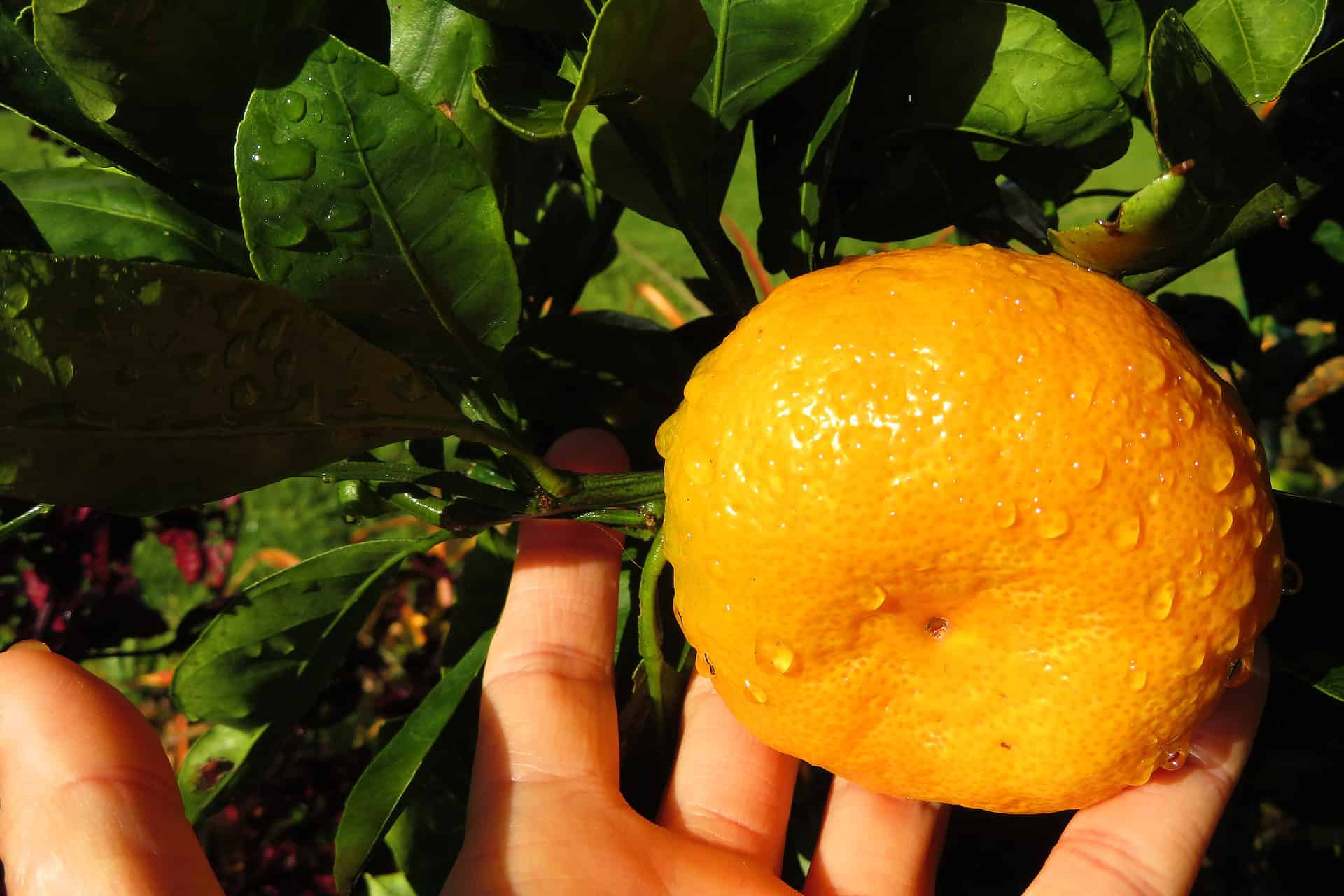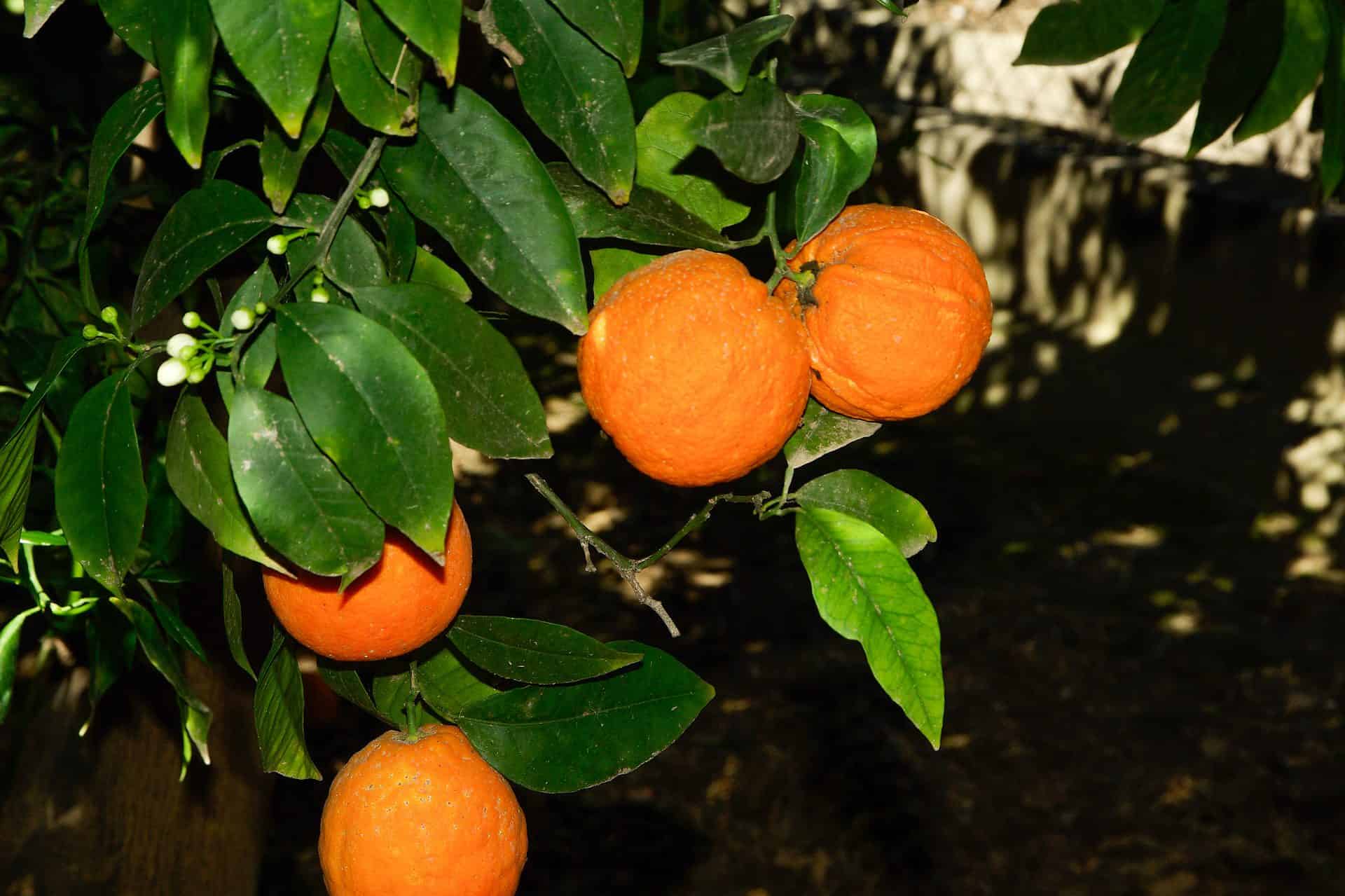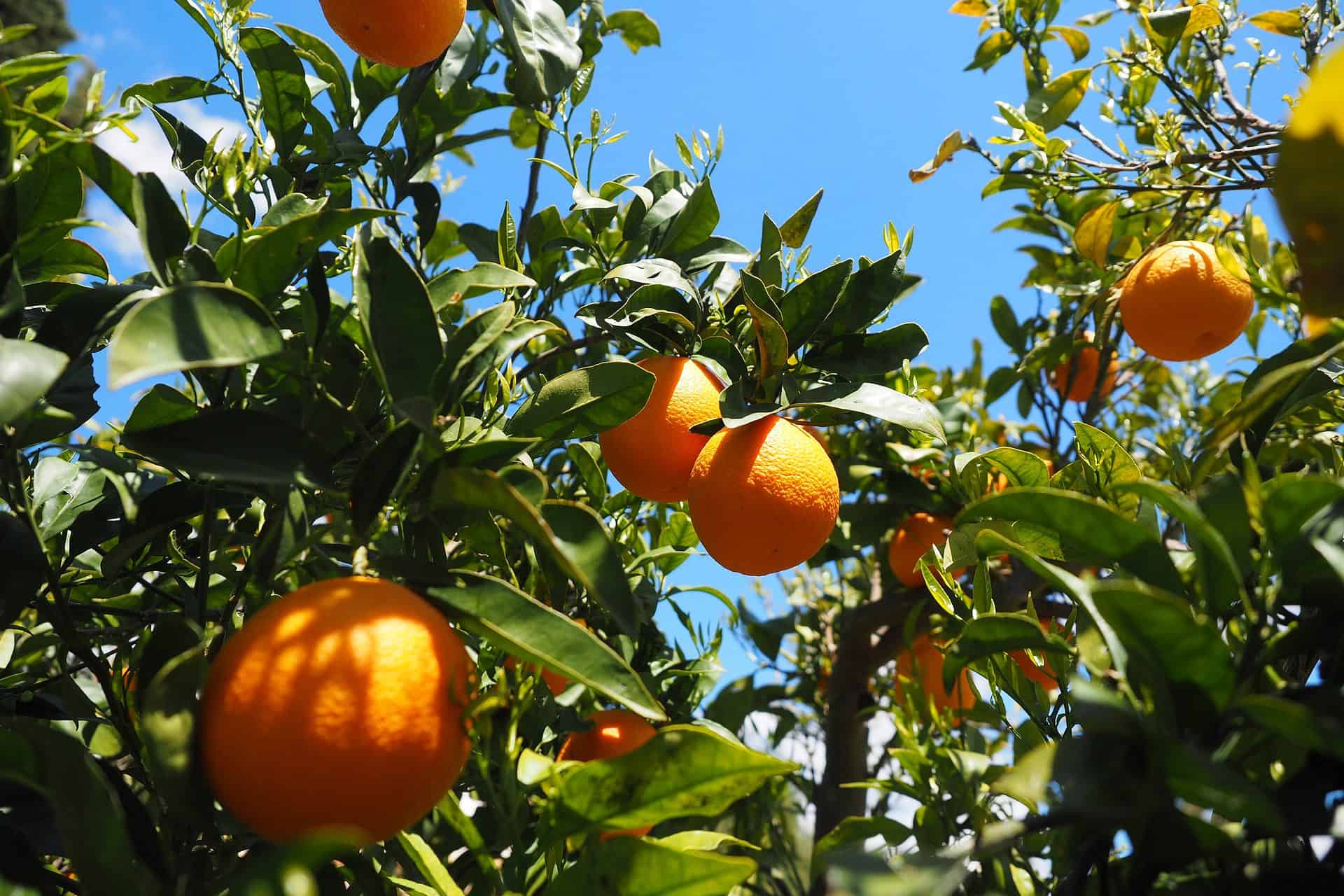No products in the cart.
Satsuma (Citrus unshiu) is among the variety of mandarin oranges that have originated from Japan. Having several cultivars under it, the unshio is a sub-tropical species that belongs to the citrus family Rutaceae.
There are over 100 varieties of C. unshiu reported, but there are only a few that are widely available in the United States.
Yet aside from their pleasant-looking features and fruits, satsuma varieties are valued for their cold tolerance, thin, and easy-to-peel skin with the perks of a few seeds.
Growing them would not only give you a lovely addition to your garden but as well as a provision of sweet oranges when in season!
More About Citrus Unshiu Trees
Satsuma fruits were reportedly introduced to North America originating from China and cultivated in Japan in the 18th century, and since then has been recognized for their medium-sized trees with low-growing and spreading characteristics.
Further, the drooping small tree is highlighted with adorable blooms that easily attract pollinators during springtime to early summer.
The cold-tolerant citrus fruit is distinguished for its leathery but rather easy-to-peel rind. If grown from seeds, the tree can take up to 8 years to grow and eventually bear fruits. However, the rise of grafted planting materials can hasten this process. Through this, you may witness your satsuma growing in no time.
To get to know some of the ideally grown types of satsuma, read on further for the curated selection of satsuma cultivars for your next indoor/outdoor project!
9 Types of Satsuma Trees
Owari satsuma

Owari Citrus reticulata ‘Owari’ is one of the most commonly grown and cultivated varieties of satsuma oranges. It has a medium-sized fruit that ripens late in the season. The color is reddish-orange and has little to no seeds.
The concept is that they add vibrance to your garden even when off-season. And when there is a need for harvesting, the tree offers you a mouthwatering fruit that you can enjoy throughout fall or early winter!
Okitsu Satsuma

Okitsu satsuma is relatively closer to Owari in terms of growth and other morphological features such as fruit size, harvest time, and even seed count. However, some reports indicate that Okitsu may be sweeter in flavor as compared to Owari, but this may still depend on the prevailing environmental condition surrounding the tree.
Obawase or Wase Satsuma
In teams of the ripening period, the Obawase satsuma tends to ripen faster than its other counterparts such as the Owari. Hence, they may be suitable to grow in areas with a shorter growing season. Further, the fruit size of the Obawase is much superior as compared to other satsumas.
Kimbrough Satsuma

Of all satsuma varieties, the Kimbrough is said to yield much higher. During the harvest season, the tree would produce medium, late-ripening fruit having red to orange coloration. The rind is reportedly easier to peel as compared to other satsumas.
Seto Satsuma
Seto satsuma is only making a name in the industry due to its flattened shape of fruits (for ease of packing), but it is also being recognized as an ideal ornamental specimen for home growers.
Tested in various demonstration areas and agricultural farm sites, Seto satsuma trees are cold hardy, and have a sweet and tangy flavor should you wish to consume them fresh.
Similar to most mandarin oranges, the Seto satsuma is a seemingly seedless fruit with an easy-to-peel skin. Further, the tree’s ability to tolerate cold temperatures enables them to thrive in the ground under USDA Zones 8 to 10.
Kara Satsuma

The Kara Satsuma is a cross between Owari tree and a tangerine. The medium-sized fruit has more seeds than other cultivars, but the skin and flesh are lighter in color. Ideally planted in rows or side beds, the Kara satsuma will grow happily with medium watering.
Also, if you wish to invest in this lovely plant indoors, you will be delighted as its flowers have a rather pleasant smell. The blooming period occurs in late Spring and early Summer.
Miho Satsuma
One of the recently rising cultivars of the satsuma orange is the Miho Wase. It may be a bit smaller as compared to other fruits of satsuma but what it lacks in size is compensated by the rich flavor, which is a combination of both tangy and sweet.
Miho is a relatively new variety that ripens early. It is characterized by thin and smooth skin. The plant may grow from 10 to 12 feet in height and may spread at about 6 ft. If to be grown along hedges or containers, the plant may be pruned to achieve the desired height and shape.
Big Early Satsuma
The Big Early Satsuma is similar to the Armstrong cultivar which tends to have larger and segmented fruits. Delving more into its fruit quality, the Big Early is seedless and has a thinner rind. The fruit matures earlier – usually from late September to mid-October.
Big Early Satsuma is grown in some parts of the Gulf Coast region. It is nearly identical to Obawase but it could still stand out on its own. Having segmented slices and sweet juicy flavor, you could never go wrong with this beaut.
Armstrong Satsuma

Armstrong is a relatively large type of satsuma. But what makes it different from other varieties is that they have a much lighter-colored rind. As most cold-tolerant citrus, Armstrong can be grown outdoors in USDA zones 9 – 11.
The tree can be grown in containers whether indoors or outdoors, as long as there is sufficient space and a source of light.
The flowers are fragrant and the fruits may be easily picked. Serving not only as an ornamental plant but also as a source of delectable fruits that may be enjoyed by any home growers!
The Best Soil for Satsuma
Satsuma mandarin oranges, in general, prefer sandy and loamy soil with a slightly acidic pH (5.8 to 6.5). Fortunately, satsumas are quite tolerant to various types of soil conditions, even clayey and rocky, however, it does not perform well under salty or alkaline soils.

If you opt to use organically rich soil, be sure that it is well-draining to avoid waterlogging.
Satsuma Lighting Needs

Similar to most fruit trees, the satsuma mandarin requires an ample amount of light. Ideally, at least 10 hours of direct sunlight, particularly during spring – when flowers tend to bloom and fruits are already taking form.
Satsuma Watering Needs
Being a cold-tolerant citrus, the satsuma trees need plenty of water to survive. You may simply need to adjust the watering level during the growing period and depending on the prevailing season. Once established, watering may be reduced once or twice a week.
Temperature & Humidity Requirements

A cold-hardy plant, satsumas can survive temperatures as low as 12 °F (-11.11 °C). Interestingly, the trees would develop a much sweeter flavor when it is exposed to colder climates.
Satsumas will thrive at USDA hardiness zones 8 through 11, but they have some level of resiliency to severe freezes and even hot weather.
Satsuma Fertilizer Needs

Young trees of satsuma mandarin orange should be well-amended with an organic source of nutrients. But once established, you may feed them with synthetic fertilizers such as ammonium sulfate: 21-0-0 (NPK).
This should be divided into three applications for each year as the tree continues to mature. It is recommended to begin fertilizing once new growth emerges on the tree.
Means of Propagation for Satsuma
Satsuma mandarin trees are best propagated through grafts, but they can also grow well from leafy cuttings. Ideally, cuttings should be taken from the tree during the growing season when the roots may easily form.
Once rooted, replant into fresh potting soil. For those living in the southern parts of Texas, where small trees are often grown in the ground, apply nitrogen fertilizer – particularly in spring.
Final Thought
Satsuma mandarin is an adorable specimen to have in your garden. Growing them would mean a supply of fresh and delectable oranges and a fine set of greeneries within reach!
To find the most suitable plant for you, check out your options here at Plantly.
Whether you want to buy, sell or simply reach out to other plant enthusiasts, Plantly is the right place to be!


